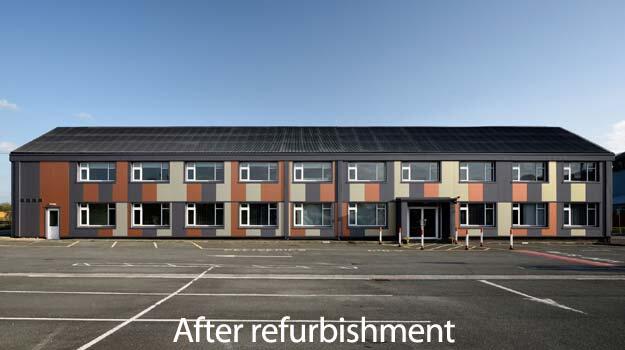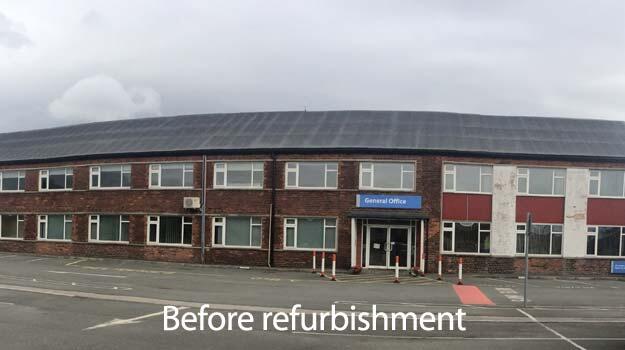Authenticity or, to be more specific, a concern for honesty in material use is often cited as a reason for architects avoiding the over-cladding of original finishes – however, in order to improve the thermal performance of existing structures such strategies cannot be ignored, the vast majority of buildings can be given improved thermal performance and a new lease of life aesthetically.


Most masonry buildings put up before the 1960s will have solid walls - I live in one and work in an office of a similar vintage. Both leak heat through their inefficient structures and the former leaks water in heavy rain. But apparently that’s what you get for living in a conservation area. I’m presuming that rickets and tuberculosis are also part of the experience.
Speaking of which; authenticity or, to be more specific, a concern for honesty in material use is often cited as a reason for architects avoiding the over-cladding of original finishes – however, in order to improve the thermal performance of existing structures such strategies cannot be ignored, the vast majority of buildings can be given improved thermal performance and a new lease of life aesthetically.
The recent refurbishment of the general offices at Shotton are a case in point – even the kindest critic would have to admit that the two storey block is not the loveliest example of the genre. And, being the home of Colorcoat® it seemed like a good opportunity to showcase some of the new colours available in 3 layer Colorcoat Prisma®, Tata Steel’s latest generation pre-finished steel product for cladding systems in construction.
The new shades were used as part of a micro-ribbed wall panel fixed to a carrier frame applied onto the external face of the building. One feature of the existing façade was the, probably unintended, irregularity of the bay widths, these vary by as much as a brick dimension. Any scheme which used plain areas of colour and attempted to use the panel joints in a regular arrangement simply exacerbated the problem, and this was one of the main drivers for adopting the three colours of panel used on the building. The camouflage approach in breaking the façade up effectively hid the underlying imperfections, and had the added benefit of allowing us to use more than one or two Colorcoat Prisma® colours, in this case Seren Copper, Seren Gold and Zeus Matt.
The new installation is coming up for its second anniversary and we expect to find a much improved figure for annual heating of the offices adjacent to the refurbished wall …. and a much reduced incidence in cases of rickets!!
By Matthew Teague, architect, Tata Steel











































































































































































